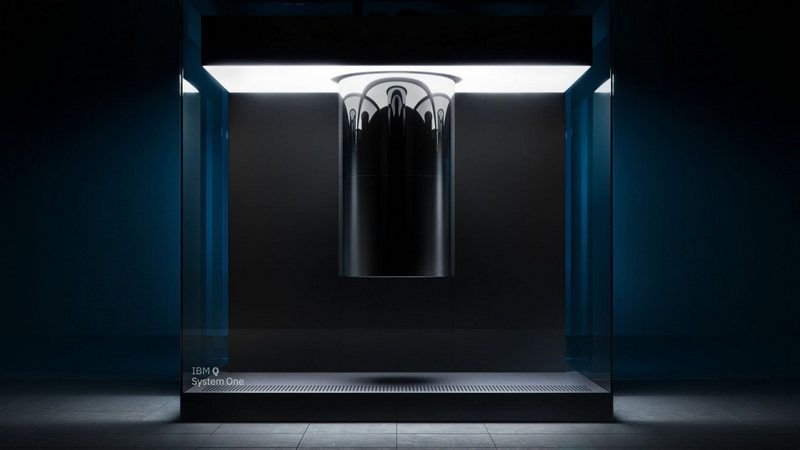Forrest Norrod Senior Vice President of AMD’s data center, said at the Rice Oil and Gas HPC conference that we have a long way to go before graphene can be used, and it will probably take about ten years before this “exotic” material is actually used. As Norrod says, silicon still has a long way to go.
Silicon is the simplest and cheapest material that can be used for any semiconductor, but with time and migration to smaller nodes it will become increasingly difficult to manipulate. It is said that silicon cannot be reduced beyond 3 nanometers, so manufacturers consider graphite as an ideal long-term replacement.
AMD future plans for graphene to replace silicon semiconductors
Manufacturers can further reduce their production nodes (currently 7 nm), and the average time between node transitions is about four or five years. This makes the leap to 5 nm and then 3 nm can take about 10 years, as Norrod explains.
Of course, Graphite is considered to be the next best candidate to replace Silicon at the heart of our most complex and powerful electronics, partly due to its high conductivity independent of temperature fluctuations and its incredible durability that can operate at terahertz speeds. Graphene is a 2D material, which means that its conversion into separated graphene plates must be done by another material.
This year, the first CPUs and GPUs will be manufactured in 7 nm, with AMD pioneering this leap.
